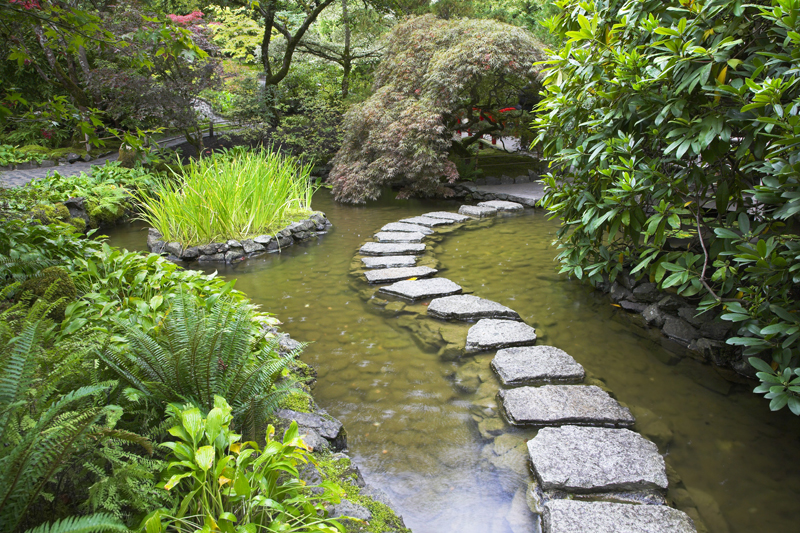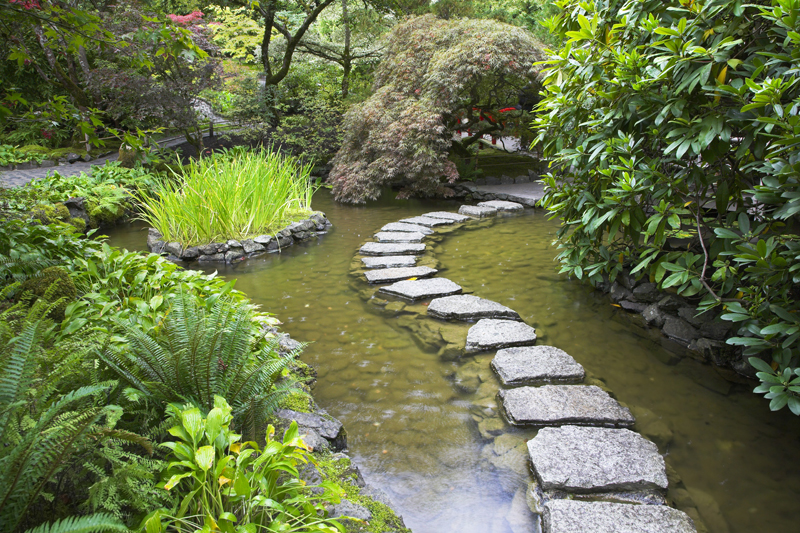Sour Orange Plants for Containers

Chinotti orange and Bouquet de Fleurs sour orange are great choices for container gardens.
Chinotti Sour Orange
This is also known as the myrtle leaf orange. The plant has few if any thorns. The small, dense, compact, dwarf, rounded bushy, small tree is often grown as an ornamental.
It is very leafy. With a very slow growth rate, Chinotti sour orange is a compact variety of sour orange. The flowers are scented.
The lance-like, deep green leaves are two inches long. These are crowded together.
The very fruitful plant is pretty much covered with the attractive fruits. The fruits are made into marmalade and liqueurs. These ripen to a vivid orange.
These cling to the tree for most of the year, and add beauty to the landscape. Chinotti fruits ripen mostly in the winter. The small, roundish fruits gave a rough skin.
The fruits usually have few to no seeds, but this can vary from one plant to another.
The fruits taste somewhat acid. These generally aren’t eaten very much because they are somewhat tart. However, those of certain varieties are candied or crystallized.
The attractive trees are also grown for their ornamental value. The lovely foliage adds interest to the landscape along with the colorful fruits.
Bouquet de Fleurs Sour Orange
Bouquet de Fleurs is another compact version of the sour orange. The plant is also called Bouquet.
The free flowering plant is grown in France for the flowers and are used in perfumes. This citrus plant is a great choice for hedges. It is a small, compact, dense tree with a spreading crown.
The plant is often grown as an ornamental in warm climates because of its exceptional beauty. It is a wonderful choice for pots and containers. This tree is usually free of thorns.
The flowers are sweetly scented. Very crowded together, the rounded, ruffled, green foliage is lovely.
The small to medium sized, oblate fruits ripen to a deep orange. These are rather flattened. The moderately thick, loose skin has a pebbled, polished appearance.
The juicy fruit, which ripens from January through March, has a bitter acid sour taste. For that reason, these aren’t usually consumed. It has very few seeds. These last well on the tree.
Chinotti Sour Orange
This is also known as the myrtle leaf orange. The plant has few if any thorns. The small, dense, compact, dwarf, rounded bushy, small tree is often grown as an ornamental.
It is very leafy. With a very slow growth rate, Chinotti sour orange is a compact variety of sour orange. The flowers are scented.
The lance-like, deep green leaves are two inches long. These are crowded together.
The very fruitful plant is pretty much covered with the attractive fruits. The fruits are made into marmalade and liqueurs. These ripen to a vivid orange.
These cling to the tree for most of the year, and add beauty to the landscape. Chinotti fruits ripen mostly in the winter. The small, roundish fruits gave a rough skin.
The fruits usually have few to no seeds, but this can vary from one plant to another.
The fruits taste somewhat acid. These generally aren’t eaten very much because they are somewhat tart. However, those of certain varieties are candied or crystallized.
The attractive trees are also grown for their ornamental value. The lovely foliage adds interest to the landscape along with the colorful fruits.
Bouquet de Fleurs Sour Orange
Bouquet de Fleurs is another compact version of the sour orange. The plant is also called Bouquet.
The free flowering plant is grown in France for the flowers and are used in perfumes. This citrus plant is a great choice for hedges. It is a small, compact, dense tree with a spreading crown.
The plant is often grown as an ornamental in warm climates because of its exceptional beauty. It is a wonderful choice for pots and containers. This tree is usually free of thorns.
The flowers are sweetly scented. Very crowded together, the rounded, ruffled, green foliage is lovely.
The small to medium sized, oblate fruits ripen to a deep orange. These are rather flattened. The moderately thick, loose skin has a pebbled, polished appearance.
The juicy fruit, which ripens from January through March, has a bitter acid sour taste. For that reason, these aren’t usually consumed. It has very few seeds. These last well on the tree.

Related Articles
Editor's Picks Articles
Top Ten Articles
Previous Features
Site Map
Content copyright © 2023 by Connie Krochmal. All rights reserved.
This content was written by Connie Krochmal. If you wish to use this content in any manner, you need written permission. Contact Connie Krochmal for details.



